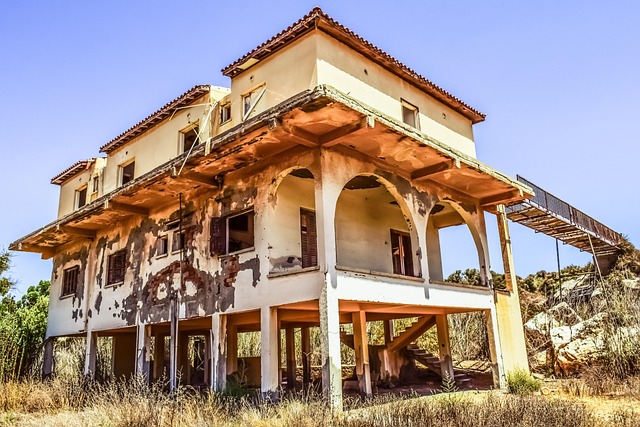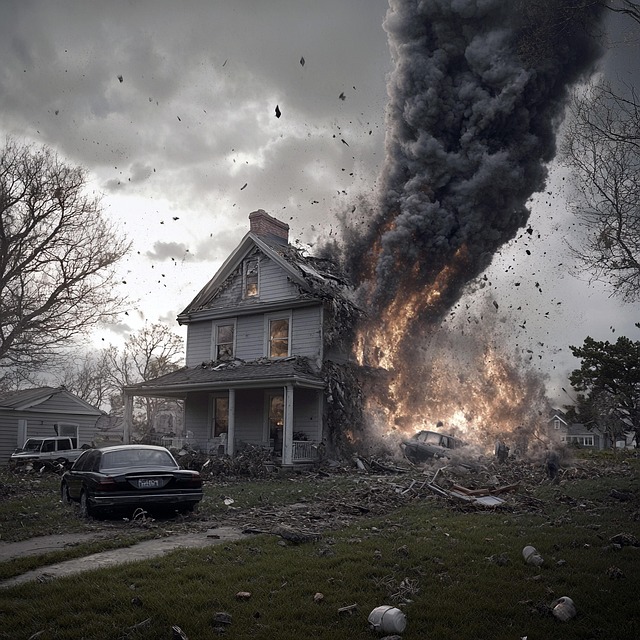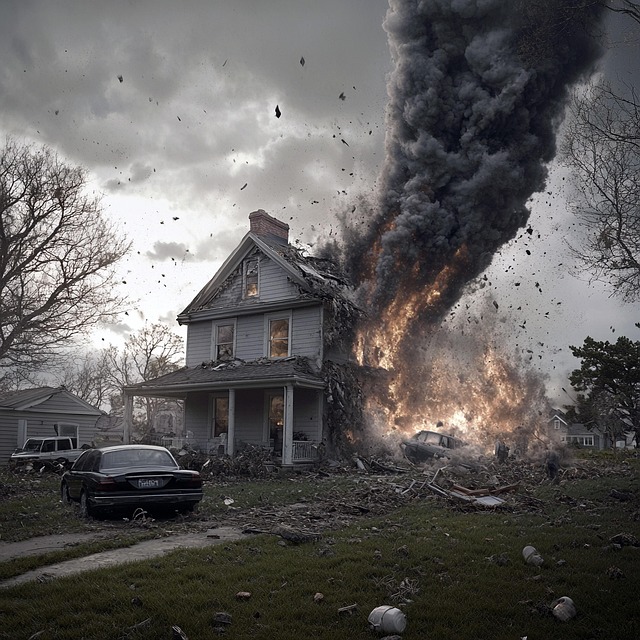Selling a fire-damaged home in California presents unique challenges and opportunities due to stringent disclosure laws and prevalent wildfires. Sellers must disclose known defects and navigate complex regulations, involving structural engineers and insurance companies, while buyers benefit from potential cost savings but face higher risks of hidden damage. As-is transactions offer advantages like avoiding repair costs and streamlined sales, yet require careful consideration and expert guidance for successful, compliant sales under California's unique legal framework.
“In today’s real estate landscape, as-is home sales are gaining traction, especially in California. This article delves into the intricate world of selling homes ‘as-is’, focusing on unique considerations for fire-damaged properties within the Golden State. We’ll explore the basics, legal intricacies, and financial benefits and challenges of these transactions. Whether you’re a homeowner facing a fire or an investor seeking opportunities, understanding as-is sales is crucial in navigating California’s real estate market.”
- Understanding As-Is Home Sales: The Basics
- Selling a Fire-Damaged Home in California: Unique Considerations
- The Benefits and Challenges of As-Is Transactions
- Navigating the Legal and Financial Aspects of As-Is Home Sales
Understanding As-Is Home Sales: The Basics

Selling a home as-is in California, especially after it has sustained fire damage, is a unique and often challenging process. This approach to real estate transactions means selling the property in its current condition, without any repairs or renovations. It’s an attractive option for both buyers and sellers in various circumstances, particularly when dealing with distressed properties or time-sensitive sales.
In the context of California, where natural disasters like wildfires are not uncommon, as-is sales can provide a swift solution for homeowners facing the aftermath of fire damage. Buyers who specialize in rehabilitating properties or those seeking affordable real estate opportunities often drive this market. Understanding local regulations and building codes is crucial, as these guidelines determine what repairs are required and how they impact the home’s value—a key factor in successful as-is sales.
Selling a Fire-Damaged Home in California: Unique Considerations

Selling a home that has been damaged by fire is already a complex process, but in California, there are additional considerations to keep in mind due to the state’s specific regulations and the prevalence of wildfires. When preparing to sell a fire-damaged house in California, it’s crucial to understand the legal requirements for disclosure and repair. According to California law, sellers must disclose any known material defects, including those caused by fires. This means that potential buyers have the right to know about the extent of the damage and the steps taken—or needed—to restore the property.
In addition to legal obligations, selling a fire-damaged home in California may require working with specialized professionals like structural engineers who can assess the safety and integrity of the building after a fire. These experts can help determine if repairs are feasible or if the structure needs to be demolished. Moreover, insurance companies play a significant role in this process, as they can provide guidelines on what constitutes a repair versus a replacement, influencing both the budget and timeline for restoration work.
The Benefits and Challenges of As-Is Transactions

As-is transactions in real estate, particularly for selling a fire-damaged house in California, offer both advantages and drawbacks. One significant benefit is that they can be extremely attractive to buyers who are looking to renovate or flip properties. By purchasing a home “as-is,” buyers avoid the added costs of repairs and renovations, making it an appealing option for those with a certain level of DIY expertise or investment capital. This approach also streamlines the sales process as there’s less back-and-forth over repairs, potentially leading to quicker transactions.
However, challenges are inevitable. Fire-damaged properties require specialized knowledge to assess and accurately price, which can be a hurdle for some buyers and sellers. Moreover, as-is transactions often come with higher risks due to the unknown extent of damage or potential hidden issues that may arise during renovation. Sellers might also face lower sales prices since buyers typically subtract repair costs from their offers. Thus, while as-is sales in California can expedite deals, they necessitate careful consideration and expert guidance to navigate the complexities surrounding fire-damaged homes.
Navigating the Legal and Financial Aspects of As-Is Home Sales

Navigating the legal and financial aspects of selling a fire-damaged home in California requires careful consideration. When selling as-is, buyers typically waive their rights to claim defects or damages, so it’s crucial to understand any potential legal implications. In California, specific laws govern real estate transactions, including the disclosure of known damage or issues. Sellers must disclose any material defects, such as fire damage, to avoid future legal issues with buyers.
Financially, as-is sales can be attractive for both parties. Buyers save on repair costs and sellers avoid the expense of renovations. However, it’s essential to accurately assess the home’s value in its current state. A professional appraisal may be necessary to determine a fair price, considering factors like structural damage, smoke odor removal, and potential future repairs. Proper documentation and transparency are key to ensuring a smooth sale and minimizing financial risks for all involved parties.
Selling a fire-damaged home in California, or any “as-is” property, involves unique considerations and legal aspects. While these transactions offer benefits like skipping repairs and potential buyer hesitation, they also present challenges related to valuation and disclosure. Understanding the basics, knowing state-specific regulations, and navigating financial implications are crucial steps for a successful sale. Remember that, in this complex landscape, seeking professional guidance can ensure a smoother process when selling a fire-damaged house in California.






